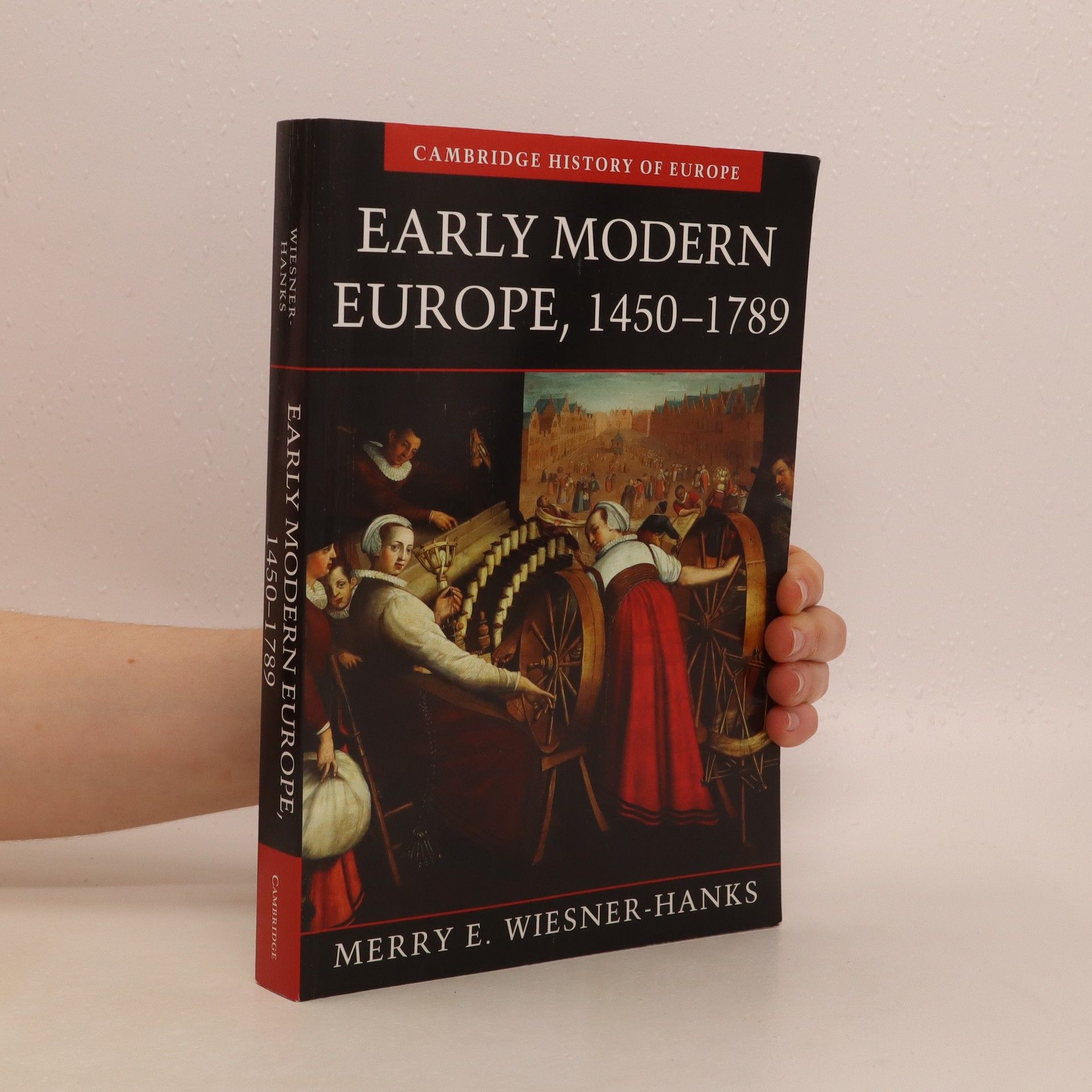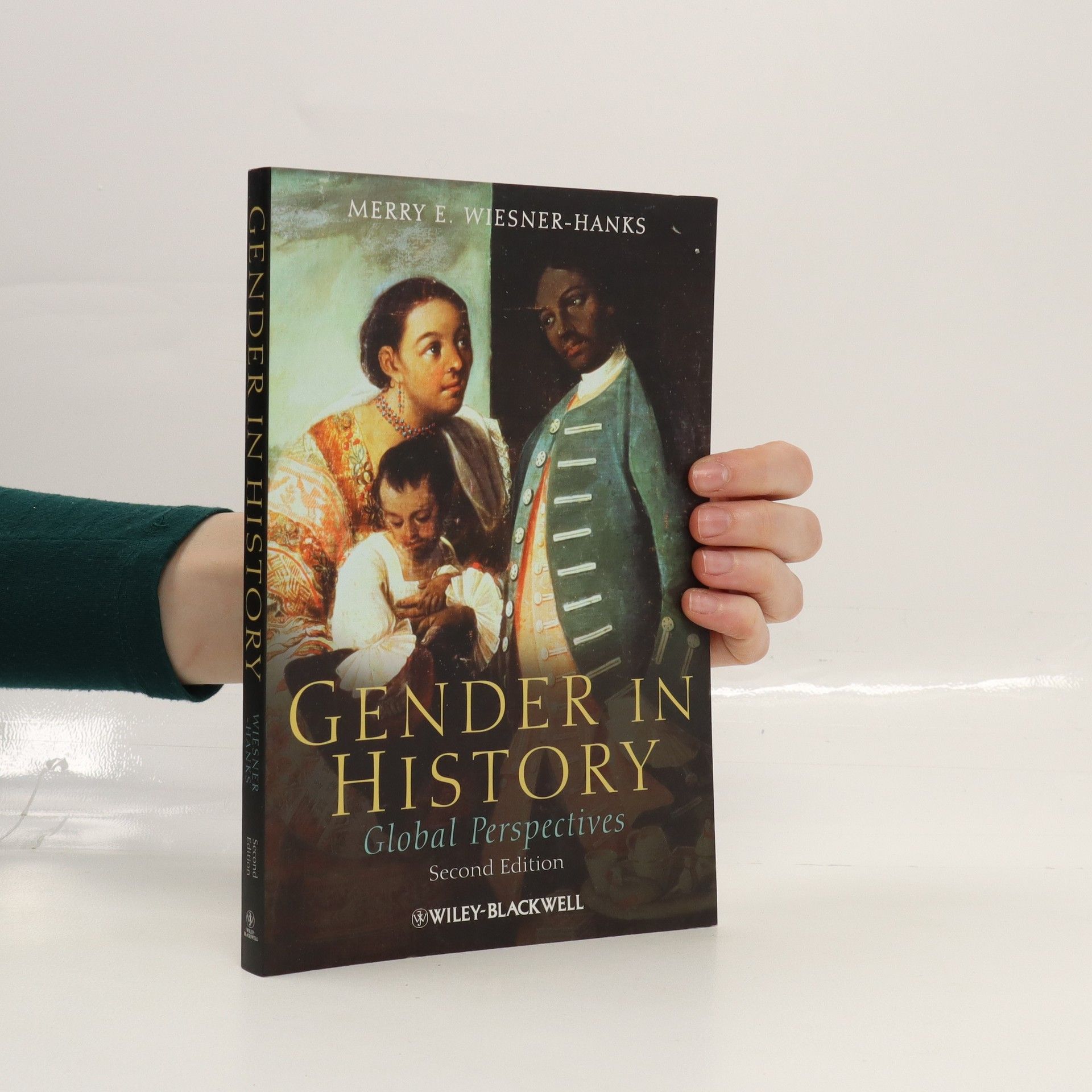A History of Western Society for the Ap(r) European History Course
- 984 pages
- 35 hours of reading
This author delves into the realms of history and gender studies, focusing on the examination of women's positions and gender roles across various historical periods. Her approach is grounded in meticulous research and the analysis of historical sources to illuminate lesser-known aspects of female experiences. Through her books and scholarly publications, she contributes to a deeper understanding of the social and cultural dynamics that shape society. Her work is valued for its erudition and its ability to connect academic insights with broader historical context.






This superbly researched book tells the story of one of the most significant maritime operations of the Second World War.
What is Early Modern History? offers a concise guide to investigations of the era from the fifteenth to eighteenth centuries and an entry-point to larger questions about how we divide and organize the past and how the discipline of history has evolved. Merry Wiesner-Hanks showcases the new research and innovative methods that have altered our understanding of this fascinating period. She examines various subfields and approaches in early modern history, and the marks of modernity that scholars have highlighted in these, from individualism to the Little Ice Age. Moving beyond Europe, she surveys the growth of the Atlantic World and global history, exploring key topics such as the Columbian Exchange, the slave trade, cultural interactions and blending, and the environment. She also considers popular and public representations of the early modern period, which are often how students – and others – first become curious. Elegantly written and passionately argued, What is Early Modern History? provides an essential invitation to the field for both students and scholars.
Leading Seaman Charlie Erswell saw much more than his fair share of action during the Second World War. He was present at the 1942 landing in North Africa (Operation TORCH), D-Day and the liberation of Norway. But his main area of operations was that of the Arctic Convoys, escorting merchant ships taking essential war supplies to the Russian ports of Murmansk and Archangel. In addition to contending with relentless U-boat and Luftwaffe attacks, crews endured the extreme sea conditions and appalling weather. This involved clearing ice and snow in temperatures as low as minus thirty degrees Celsius. No wonder Winston Churchill described it as 'the worst journey in the world'. Fortunately, Charlie, who served on two destroyers, HMS Milne and Savage, kept a record of his experiences and is alive today to describe them. His story, published to coincide with the 80th Anniversary of the first convoy, is more than one man's account. It is an inspiring tribute to his colleagues, many of whom were killed in action. No-one reading Surviving The Arctic Convoys could fail to be moved by the bravery and endurance of these outstanding men.
Approaches Greek political and military history in the fourth century BC from the perspective of Thebes and neighbouring Phocis. The authors uncover the dynamic tension between local affairs and the wider transformation of the Greek world on the eve of Macedonian conquest.
A History of World Societies, Value Edition, is a brief, affordable text that brings the past to life. The two-color Value Edition includes the full narrative of the comprehensive edition and select maps and images.
A concise history of the world from the Paleolithic to the present, telling the story of humans as producers and reproducers.
Wiesner-Hanks accomplishes a remarkable feat by reviewing the construction of gender and women's lives across all cultures throughout human history. The work is both theoretically sophisticated and accessible to students. It brilliantly explores the influence of gender constructs in political, social, economic, and cultural affairs. The extensive cultural, geographical, and chronological range of research is matched by the clarity and nuance of the analysis, offering a valuable global perspective on gender roles. Over the past two decades, gender considerations have transformed historical studies, yet many works remain limited to specific time periods or regions. This updated edition provides a concise overview of gender construction from the Paleolithic era to modern times, addressing topics such as primates, slavery, colonialism, masculinity, and transgender issues. Material is presented thematically, revealing connections between gender and structures like family, economy, law, religion, sexuality, and the state. Wiesner-Hanks investigates the historical meanings of being a man or woman and how these roles were shaped by various institutions. The chronological presentation within each chapter highlights the evolution of gender structures over time. This edition offers rich insights into gender roles throughout world history, complemented by a companion website for further exploration.